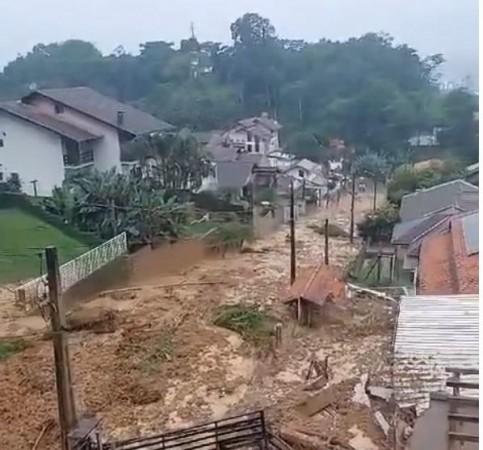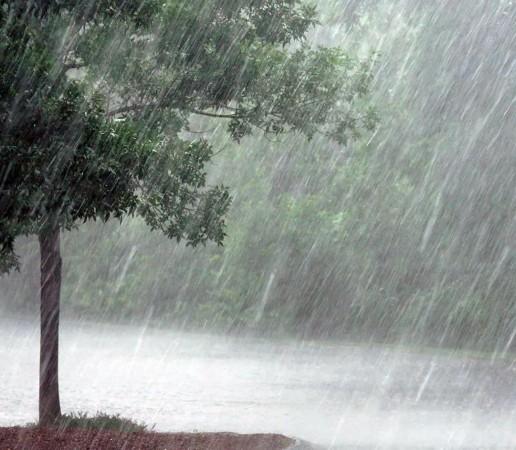
The Western Ghats in Tamil Nadu are currently experiencing a significant weather event, as heavy rains have lashed the region, prompting the Regional Meteorological Centre (RMC) in Chennai to issue an orange alert for the Nilgiris and Coimbatore districts. This alert, issued on July 20, 2025, is a warning of very heavy rainfall expected on Sunday, attributed to evolving weather patterns over South India. The current spell of rainfall is primarily due to an east-west trough extending roughly at the mean sea level, coupled with an upper air cyclonic circulation positioned over north interior Karnataka and its surrounding areas. These meteorological systems are anticipated to bring substantial precipitation to parts of Tamil Nadu and neighboring states. According to the RMC, isolated locations could receive rainfall up to 24.4 cm, indicating the severity of the situation.
An orange alert, as defined by the weather department, signifies heavy to very heavy rainfall, which could potentially lead to disruptions and hazards. This level of alert is a call for preparedness, urging residents and local authorities to take necessary precautions to mitigate the impact of the adverse weather conditions. Recent data from the RMC highlights the intensity of the rainfall in the affected areas. The Nilgiris district recorded 11.8 cm of rainfall, while Chinnakalar in Coimbatore received 11.2 cm in a single day on Saturday. Other areas such as Vint Worth Estate in the Nilgiris and Cincona in Coimbatore also experienced significant downpours, recording 8.4 cm and 8.2 cm, respectively, on the same day.

Impact and Forecast
The forecast indicates that heavy rainfall is expected to persist in the districts of Theni, Dindigul, and Tenkasi, with continued showers anticipated through Monday, July 21. Additionally, light to moderate rainfall is likely to occur in up to 50 percent of the weather stations across the state, further emphasizing the widespread nature of this weather event. The southwest monsoon remains active over Kerala, coastal and south interior Karnataka, and the Western Ghats districts of Tamil Nadu. This monsoon activity is a crucial factor contributing to the current weather conditions, as it brings moisture-laden winds from the Arabian Sea, resulting in heavy rainfall over the Western Ghats.
Historically, the Western Ghats have been prone to heavy rainfall events, particularly during the monsoon season. The unique topography of the region, characterized by steep slopes and dense forests, often exacerbates the impact of heavy rains, leading to landslides and flooding. In recent years, there have been several instances of severe weather events in the region, highlighting the need for effective disaster management strategies. For instance, in August 2018, Kerala and parts of Tamil Nadu experienced one of the worst floods in recent history, resulting in significant loss of life and property. The floods were attributed to unusually high rainfall during the monsoon season, compounded by the release of water from dams. This event underscored the importance of timely weather forecasts and coordinated response efforts to minimize the impact of such disasters.

















